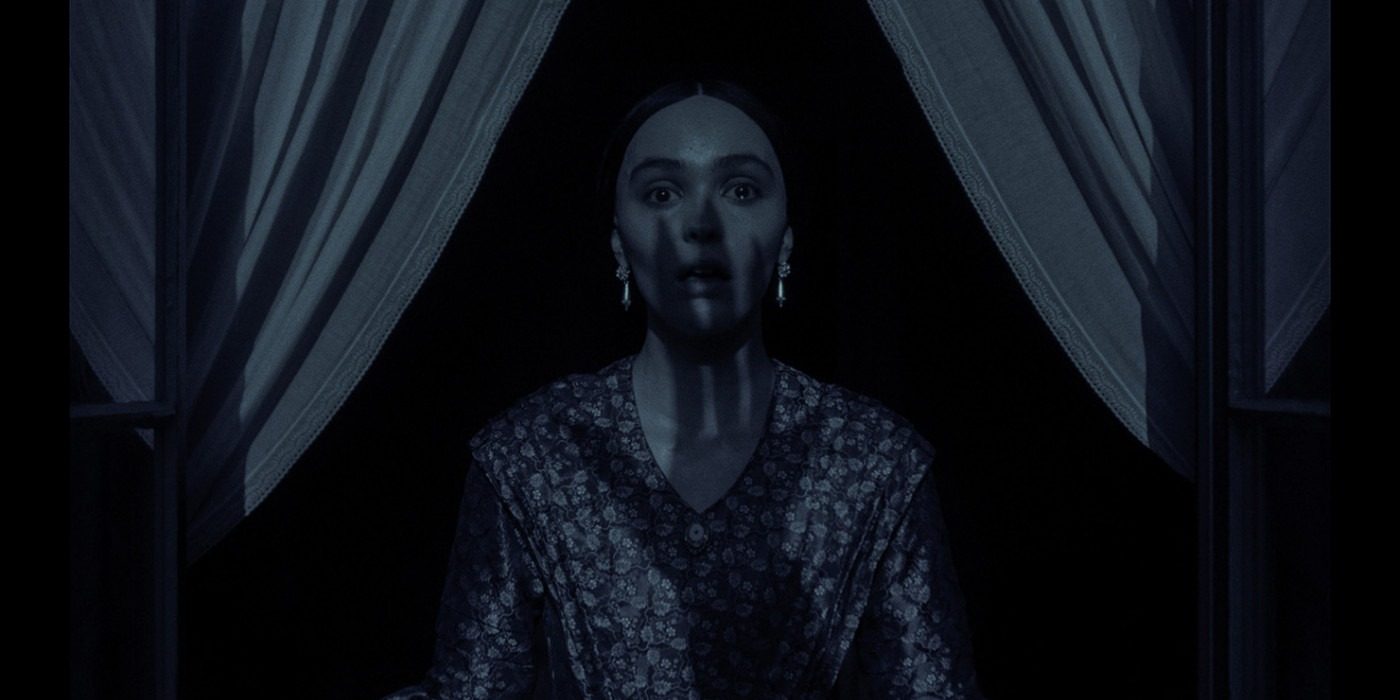Nosferatu: An unconvincing iteration of a horror classic
In a previous article, written almost a year ago for the FilmSoc blog, I posited Nosferatu as Eggers’ chance at redemption after the hot mess that was The Northman. I pointed out the legacy that Eggers was dealing with, from F.W Murnau’s seminal Expressionist work to Herzog’s painterly take on the same story.
Having just watched the third iteration of the story, I am disappointed to say it does not hold up to its predecessors and barely holds its head above water if taken as a contemporary horror film in and of itself. It feels somewhat unfair to compare this film to its ancestors, but it would seem this is the position Eggers wishes to place himself in.
Eggers’ film emerges as the loud and self-insistent youngest child, seemingly with nothing new to add to the conversation
If we take Murnau’s film as the assured, legendary eldest child, and Herzog’s delicate approach as the complicated yet nuanced middle child, Eggers’ film emerges as the loud and self-insistent youngest child, seemingly with nothing new to add to the conversation. With the Nosferatu story, it is possible to break the narrative down into very specific narrative beats: the cutting of the thumb on the bread knife, the arrival of the ship into port, for example. Where Herzog’s film built his own narrative around these beats, added layers of humanity to the monster and tragedy to the central couple, Eggers seems insistent on ticking horror cliches around these beats. As if to prove my point, Eggers adds a sequence where Hutter watches a group of gypsies perform a ritual in the woods, a scene found in neither of the iterations before it. This scene was wholly engrossing, a refreshing addition that made sense in the context of the narrative and felt stylistically cohesive to Eggers’ filmmaking.
Lily-Rose Depp certainly looked the part, with her Tim Burton paleness, but unfortunately she seemed unable to convincingly embody the sense of gravitas needed for her role in the narrative. On a similar note, where before the town of Wisborg felt real and believable as a narrative ‘place’ in both of the former films, in this film it is drawn up of some location work in the streets alongside vague CGI wides, unconvincingly creating a cohesive world for the narrative to take place in.
Skarsgård spends most of the runtime of the new film as a hulking, rasping seven-foot behemoth cloaked in animal furs
I feel inclined here to discuss the visual element of Orlok. Murnau and Herzog’s creatures were very similar: gaunt, pale and hairless, with long nails, wearing long black garments akin to cloaks. In a bizarre choice, Skarsgård spends most of the runtime of the new film as a hulking, rasping seven-foot behemoth cloaked in animal furs, with a bemusing moustache. I am ashamed here to admit my closest point of comparison presents itself in the form of Morbius, the failed DC vampire. He speaks in a wheezy, weighty, vaguely Eastern European accent that feels slightly bloated and overdone. Why Eggers chose these points of departure from the films before I do not know, but they do not work well.
There are moments that are breathtaking, however. When Orlok is first introduced it is in shadowed silhouette, framed by his castle, again evoking his iterations before. Eggers sits on this moment long enough for it to be impactful, restraining the modern filmic urge to rush through the story and allowing, for a moment, the film to breathe. Despite my earlier criticisms levied at her, Lily-Rose Depp sells some of her ‘exorcism’ scenes quite well. There is an interview where she mentions Żuwałski’s Possession (1981) as a point of comparison, an influence that can be read in moments of her performance, with regards to physicality and female rage. I wanted this to be taken further though, offering a chance for some complexity to what was previously a ‘simple’ character. Some elements of gore and horror worked well for me, but not enough to redeem the film as a whole. The final frame of the film is particularly evocative, and has stayed with me even as my opinion of the film has soured.
If we remove the shadow, weight and legacy of the Nosferatu films that came before this one, all that remains is a slightly baggy, clunky, mediocre horror film. I appreciate what Eggers wanted to achieve and I can even go as far as to excuse this film as a passion project gone slightly awry. Did we need a third version of this story? I am not convinced.

Comments (2)
You could have simply found out why they went with the moustache for Orlock.. it’s well publicized at this point.
Hi Jane, I was aware of the historical authenticity aspect of the character design. When I say ‘bemusing’ I am more referring to the creative departure from the two versions before, a departure I am not sure works well. I feel horror works better in its subtleties, the opposite to the borderline caricature Skarsgard represents. Thanks for reading, Ceadach.